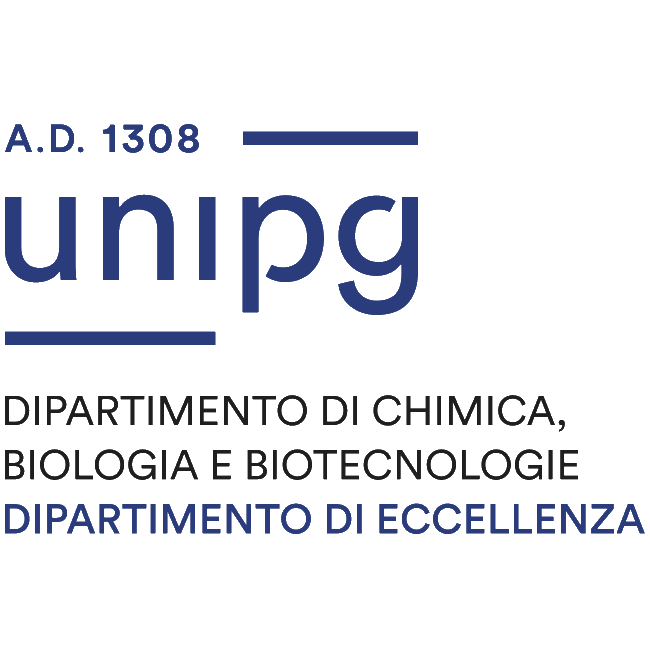Research area: Chemical and physical behaviour of materials in specific environments. Structure and composition of heterogeneous materials in artworks for the diagnosis of their state of conservation. Origin and mechanisms of materials’ degradation phenomena. Micro-spectroscopy for the study of the in-depth distribution of organic and inorganic materials in cross sections. Protection and consolidation of porous materials. Materials and execution techniques in contemporary art. Protocols for the assessment of the state of conservation of artworks in case of emergency.
Considerable efforts are devoted to develop new methodologies and portable instrumentation for non-contact analyses to be carried out in-situ, without any sampling or movement of the artwork, within MOLAB programs.
Laboratory experiments include the exploitation of synchrotron radiation and of other laboratory techniques, as micro-FT-IR, micro-Raman, XRF, XRD,UV-VIS-NIR absorption and emission spectroscopies, GC-MS, ICP-AES, LA-ICP-MS, SEM, AFM, and NMR relaxation.
Theoretical calculations are also used to model structural, electronic, and spectroscopic properties of materials for spectral assignments.
The research group participates in the activities of the SMAArt (Scientific Methodologies applied to Archaeology and Art) Center of Excellence, currently involved in the European project IPERION-HS (Integrated Platform for the European Research Infrastructure-Heritage Science) and in the activities of E-RIHS (European-Research Infrastructure for Heritage Science).


